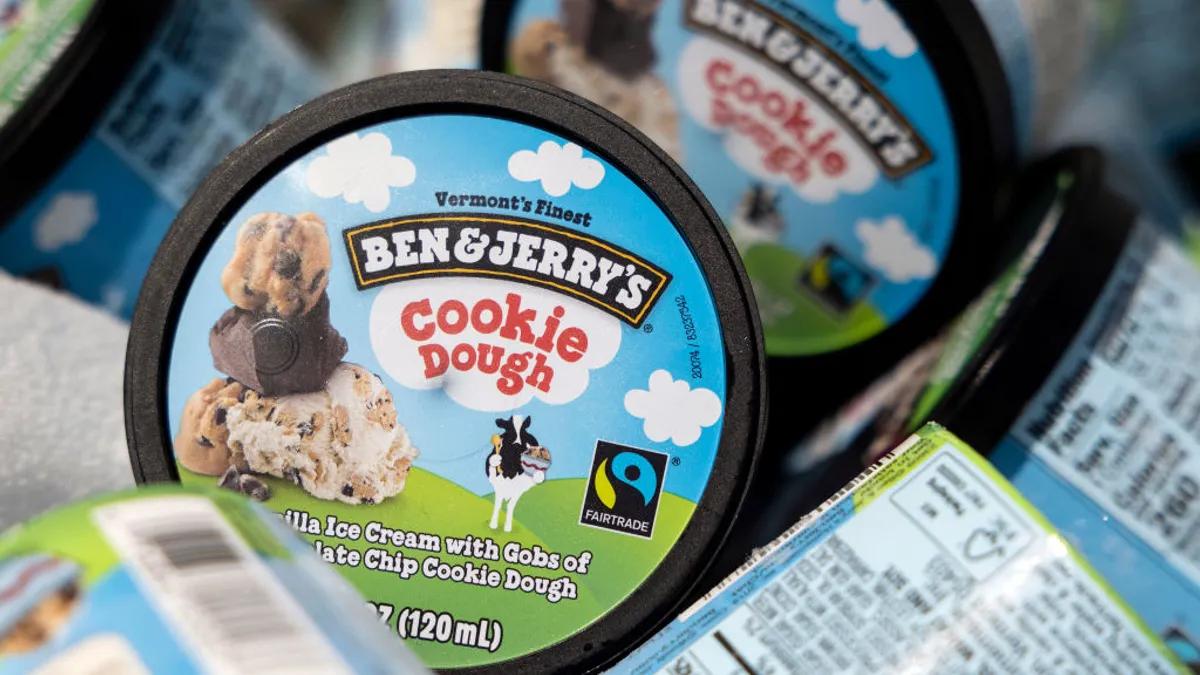Dive Brief:
- The FDA posted final gudiance Thursday morning on "Frequently Asked Questions About Medical Foods: Second Edition."
- This is a finalized version of August 2013's draft guidance. It answers more questions regarding the definition and labeling of medical foods and how medical foods could aid with certain diseases and conditions.
- The purpose of medical foods is for patients that cannot properly ingest, digest, absorb, or metabolzie regular food or nutrients, the FDA emphasized in a news release. It's also for those with other nutrient needs that require special attention beyond an ordinary diet.
Dive Insight:
Medical foods are a bustling food and beverage category — an estimated $15 billion market — and major food and beverage manufacturers like Hormel Foods and Nestle are taking the lead.
Nestle outlined a $500 million budget through 2021 for medical foods research. This makes sense for Nestle: Functional foods and nutritional supplements have been a bright spot for Nestle sales-wise, as Nestle's health business grew faster than the company's operations overall in 2015.
Hormel's line of RTE meals, nutrition shakes, and whey protein powders are specifically catered for cancer patients. It worked with the Cancer Nutrition Consortium to make Hormel Vital Cuisine, the first products certified by the organization.
What's critical when it comes to medical foods — and as suggested by the FDA's renewed guidance — is positioning these products for proper use. But with strong market potential comes the opportunity for major manufacturer investment and category growth. This could mean further FDA guidance, as questions will more than likely pop up and transparency concerns inevitably grow.












